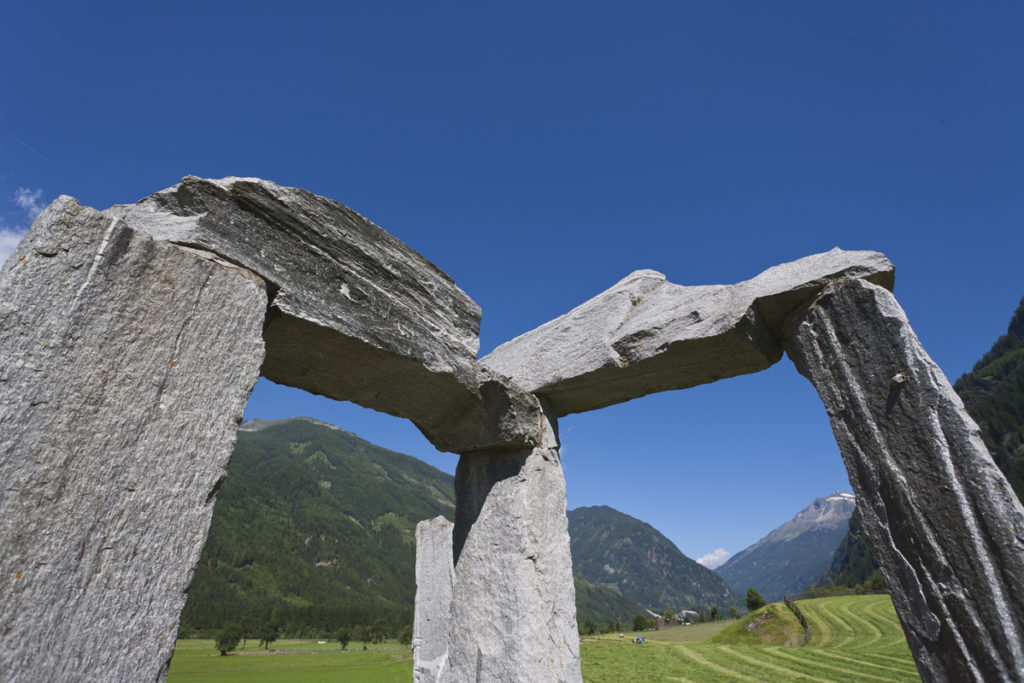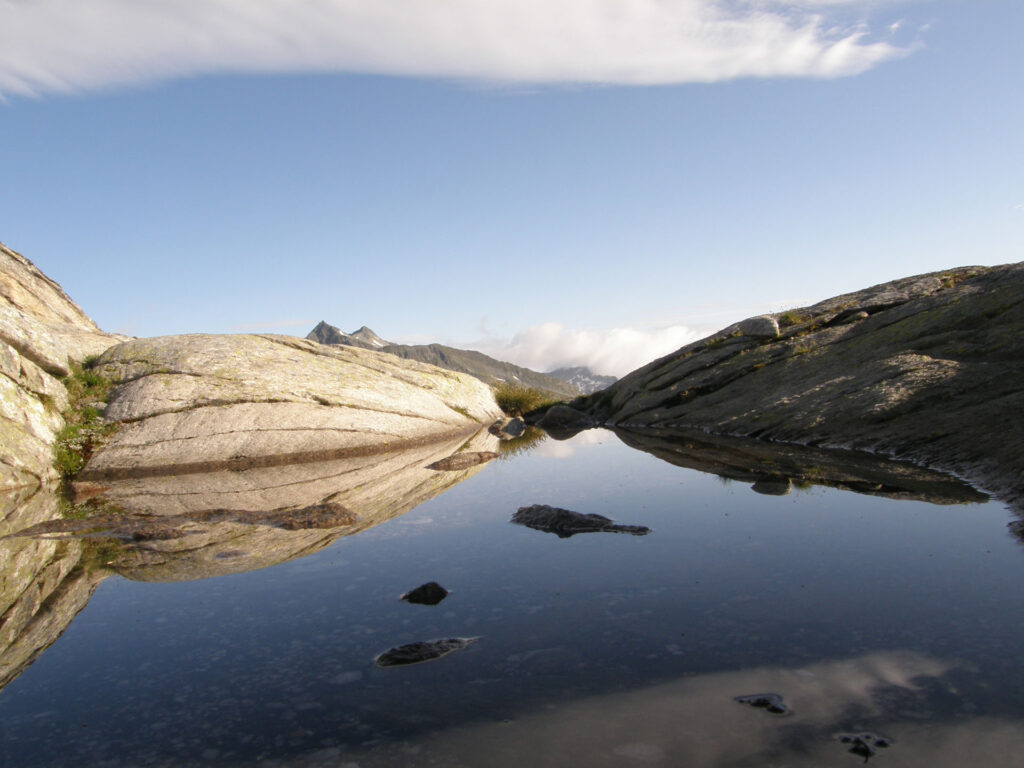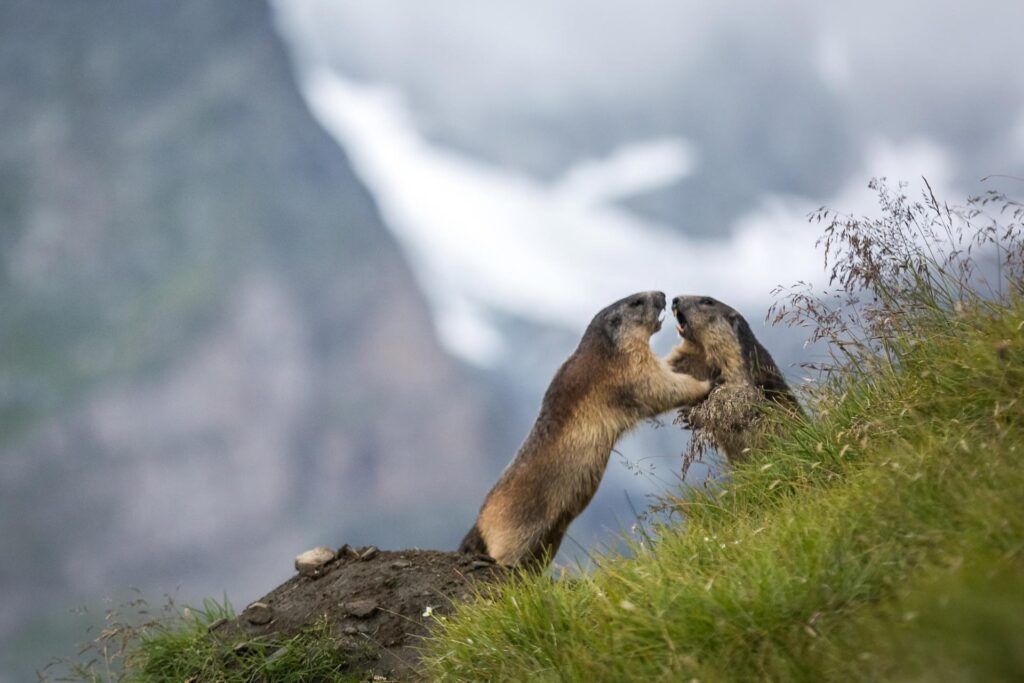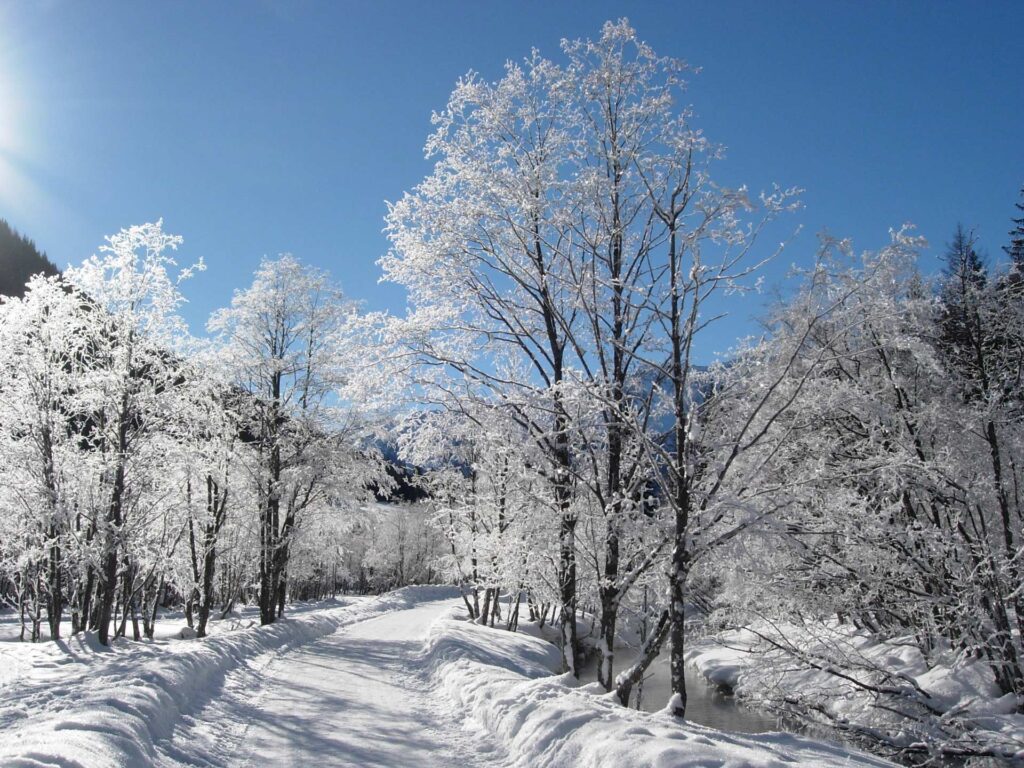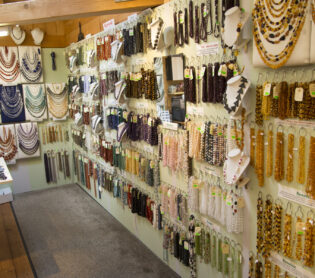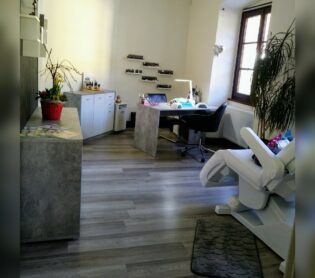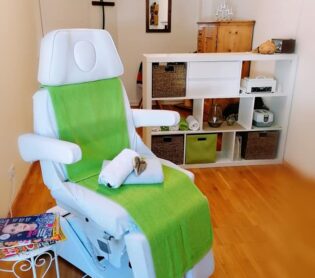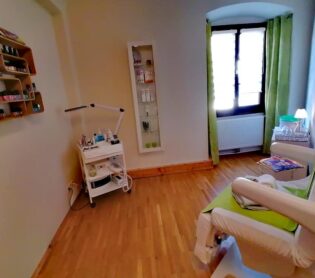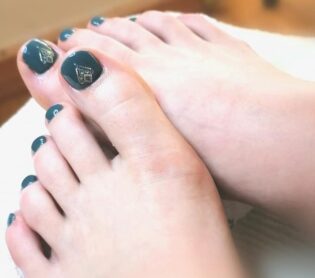The many faces of the Maltatal– Arrive, marvel, discover –
Once you have arrived in the Malta Valley, you will soon discover that there is a lot to discover here. It is not only the countless sports facilities, top culinary delights and fantastic nature that make the valley so charming. Also sights – like the parish church Maria Hilf – are waiting to be discovered.
Mountaineering village Malta– The valley of the falling waters –
The valley of tumbling waters” is a description that comes up again and again when people talk about Malta. Impressively, the countless waterfalls cascade over steep rock faces to the valley floor and what in summer makes for astonished faces becomes in winter an irresistible attraction for ice climbers. In summer Malta attracts with compact rock, countless hiking trails, a family-friendly bike path along the Malta to the artist town of Gmünd and beyond.
With the mountaineering village of Mallnitz, Malta shares the two highest mountains of the Ankogel group, the eponymous Ankogel and the Hochalmspitze, which is reverently called the “Tauern Queen” due to its even shape and beauty.
Basic information about the mountaineering village
Sea level Malta: 843 m
Highest point: 3.360 m (Hochalmspitze)
(Quelle: Mountaineering villages)
National Park Hohe Tauern– The largest national park in Central Europe –
With an area of 83 km², of which 63 km² are the core zone and 20 km² the outer zone, about one third of the municipal area of Malta has been part of the Hohe Tauern National Park since 1986.
The Hohe Tauern National Park is the largest protected area in the Alps and the largest national park in Central Europe. It is remarkable that the national park is almost exclusively on private property. The Carinthian part of the national park received international recognition by the IUCN in 2001. Wild primeval landscapes and centuries-old cultural landscapes contribute to the diverse appearance of the national park.
Austria’s highest mountain peaks, glaciers and alpine grasslands as well as steep rock formations and imposing waterfalls characterize the appearance of the national park, which with its diversity of habitats provides habitats for numerous endangered and rare animal and plant species.
(Source: Alpine Club Austria, Malta Brochure)
The history of Malta– This is how the Maltatal was born –
When the Slavs came to Carinthia in the 6th century, a change of language and culture followed. The Slavs adopted the pre-Slavic names, including Malta (origin: Illyrian Malantina = mountain castle; Late Syriac: Malontina = stone area or stone castle). Since this Illyrian period there has been a continuity of settlement in the Maltatal.
- It is estimated that the first documented mention of Malta took place in 994 AD. The original document no longer exists, but there is a copy.
- In 1639 the dominion of Gmünd (including the castles of Dornbach and Kronegg) was sold to Count Christof Lodron. This dominion, to which large parts of the Malta Valley also belonged, became
inalienable family property of the Lodron family. - In 1849 the three cadastral communities, Dornbach, Malta and Maltaberg, which had existed since the beginning of the 19th century, became the political community of Malta. The first mayor of this municipality was Anton Pucher, landlord to Fischertratten.
- In 1903, the flood disaster, an event of the century, caused immense damage, the repair of which also required the self-help of the population. Bridges that had been torn away were renewed. But it took a long time until the consequences of the mudflows were completely eliminated.
- In 1967, the “Dr. Gustav Renker- Ruhe” was built next to the Hochsteg. Since then, it has been a reminder of the Swiss writer who gave the Maltatal the name “Valley of Falling Waters” (1930).
- In the years 1971-1978 the construction of the Maltatal Hochalmstraße and power plant group Malta (with the Kölnbreinsperre) took place.
A fresco on the outer wall of the parish church Maria Hilf has been causing a worldwide sensation since 2002. During renovation work, a
A short extract from the history of Malta – with the friendly support of Mag. Scherübel.
Regionality– We support local businesses! –
-
Fur- & Mineral room
Fur- & Mineral room
Services:
- Repairs
- Special designs
- Consulting
- Traditional & Current
Contact details:
Fur- & Mineral room
Heike Feistritzer
Brandstatt 39
9854 Malta
Phone: 0650/3753037
Mail: info@mineralienstube.at
Web: www.mineralienstube.at -
Our local supplier – small but nice! Anni Danler-Swat
What the Genuss Guide says: (Quelle: genuss-guide.net)
A small, fine local supplier in the center. Anni Danler-Swatt is already the third generation to run the business. Offering more than just groceries is her claim. In the delicatessen area, in addition to a standard assortment of sausage and cheese – the Drautaler Käsekaiser must not be missing here – regional products such as honey, Talgg’n, spelt flour as well as fresh bread and pastries from the regional baker are offered. The small fruit and vegetable offer convinces by freshness and attractive presentation. Also on offer are various teas (herbal and feel-good teas, also in organic quality), mountain core salt with rose blossoms, watercress salt or Sonnentor’s soil treasures. A small range of organic products as well as the birch sugar Xylitol, candies and toothpaste complete the extensive assortment.
Everything there what you need on vacation!
Malta 53
9854 Malta
Kärnten
+43/4733/203 -
Cosmetic & Nailart
Cosmetic & Nailart
Offers in the studio:
- Facial treatments with high-quality natural cosmetics from CA&LE Cosmetics
- Eyelash extension
- Hair removal with resin or sugaring
- Acrylic modelling
- Natural nail reinforcement
- Manicure
Contact details:
Cosmetics&Nailart
Martina Leitner
Malta 74a
9854 Malta
Phone: 0681 84828012Dates by arrangement!
-
Pedicure & manicure
Pedicure & manicure
Services:
- Cosmetic foot care
- Medical foot care
- Manicure
- Paraffin bath for hands and feet
Contact details:
Foot care & Manicure
Carolin Stiegler
Malta 74a
9854 Malta
Phone: 0681/84901508
e-mail: fusspflegecarolin@gmx.at -
Hairdressing Studio Sandra Ramsbacher
On the first floor of the former vicarage in Malta you will find the modern hairdressing studio of Sandra Ramsbacher. From the consultation to the dream hairstyle, from manicure to make-up – everything from a single source.
Open from Monday to Friday by appointment:
+436507843762The offer:
- Ladies’, men’s and children’s haircuts
- advice according to type for every age group
- washing, cutting, laying, blow-drying
- coloring
- trend hairstyles & ball hairstyles
- various updos
- care of weddings
- men’s shaving (straight shave & shaping)
- make-up & manicure
- NEW: hair extension & hair thickening

